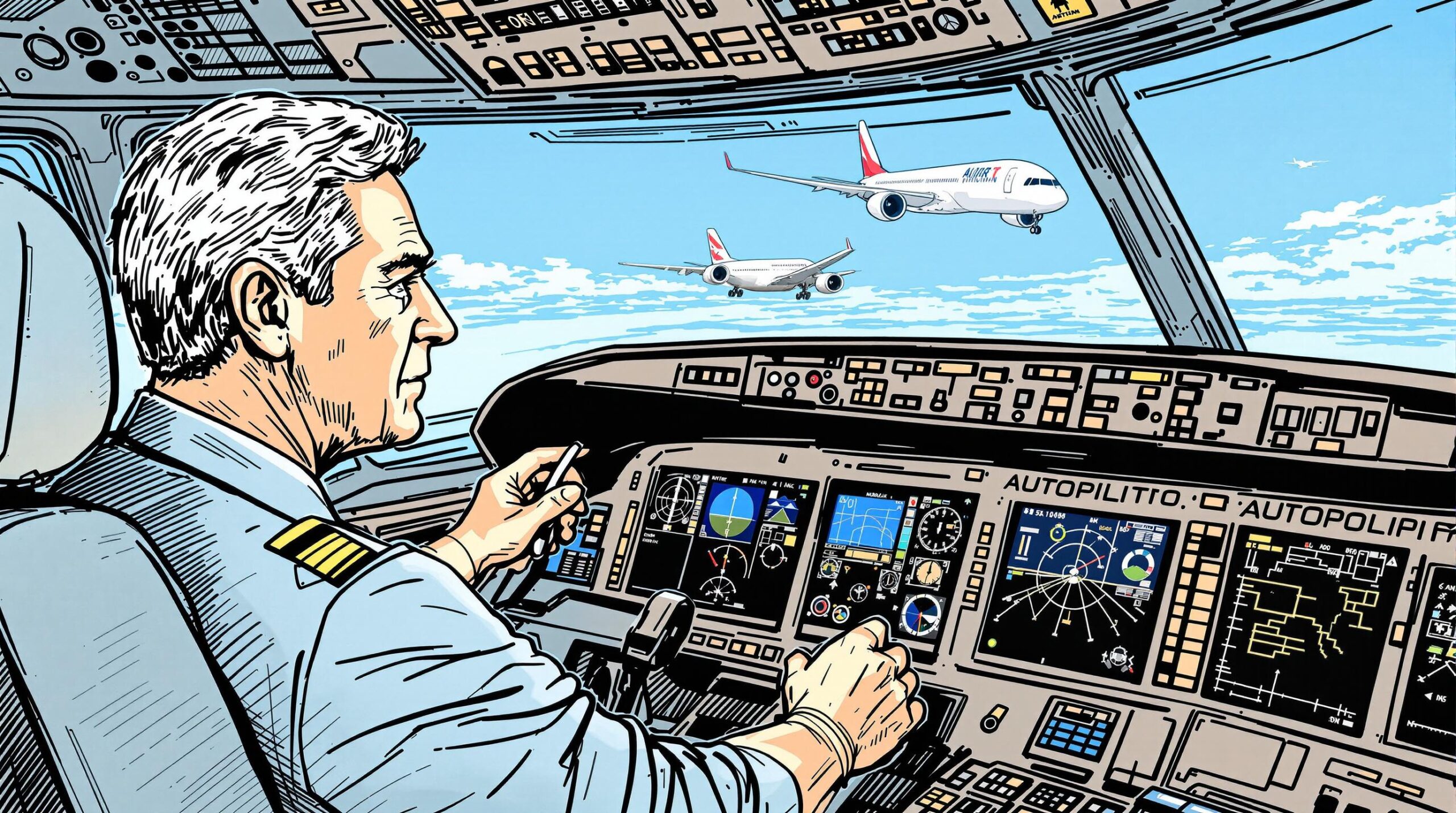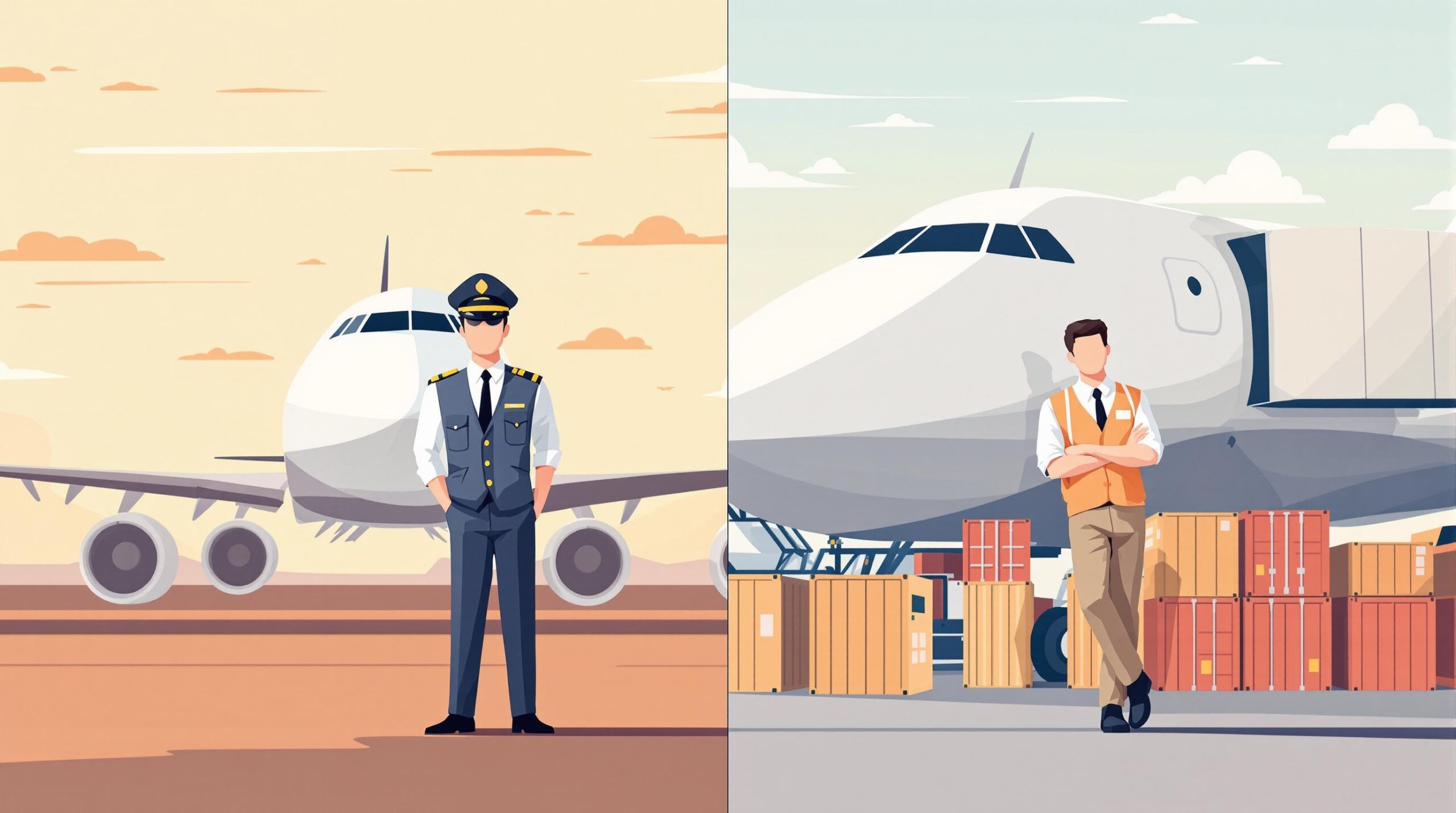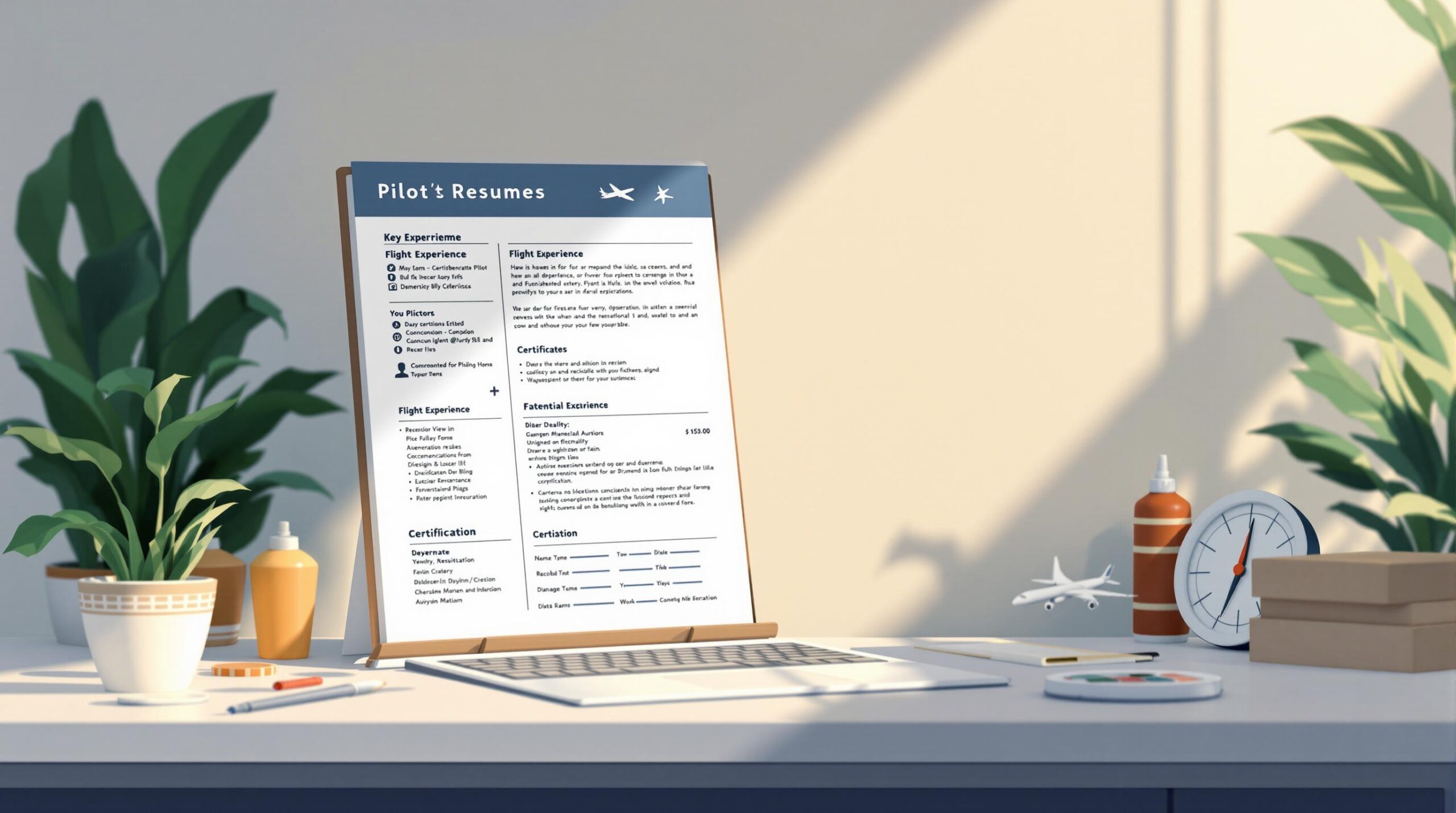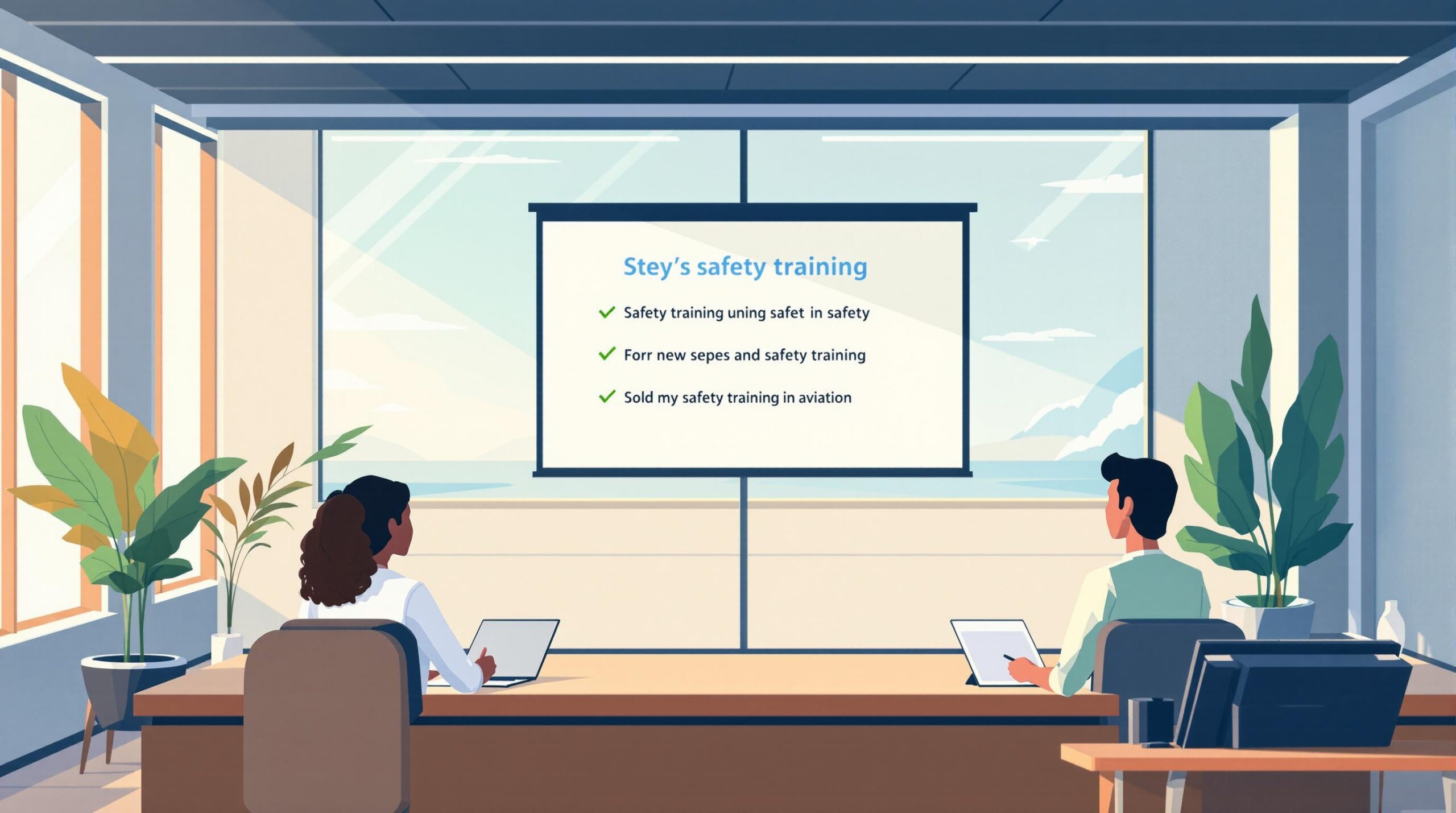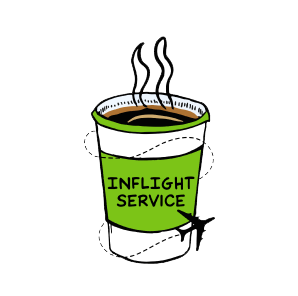Pilots are increasingly relying on automation, but this comes with risks that impact safety and their ability to handle emergencies. Here’s what you need to know:
- Manual Skills Decline: Automation reduces practice opportunities, leading to skill loss when manual flying is needed.
- Over-reliance: Dependence on systems can delay critical manual interventions.
- Distractions: Monitoring automation adds mental workload, making it harder to focus during emergencies.
- Unpredictable Failures: Unexpected automation issues require quick manual responses.
- Training Gaps: Current programs focus more on automation than hands-on flying.
Solutions include regular manual flying practice, better training, and balancing automation with core piloting skills. These steps are key to ensuring pilots can handle both routine operations and emergencies safely.
Risk Management Handbook: Chapter 7 Automation
1. Decline in Manual Flying Skills
Automation in modern aircraft is making it harder for pilots to maintain their manual flying skills, raising safety concerns when systems fail. The International Air Transport Association has reported 51 accidents involving ‘loss of control’ due to pilots struggling to recover from stalls or unusual positions [4]. Experts such as Jan Noyes and Mark Scerbo describe this as ‘deskilling of the crew,’ where reduced expertise and slower responsiveness hinder pilots’ ability to handle emergencies [2].
Here are two main reasons behind this issue:
- Limited Practice: Airline policies often discourage manual flying during routine operations, leaving pilots with fewer chances to stay proficient [4].
- Skill Loss: Heavy reliance on automation reduces pilots’ ability to manually control the aircraft and make quick decisions in critical moments [2].
Regular manual flying practice has been shown to improve a pilot’s ability to handle emergencies. Without it, pilots become more dependent on automation, increasing the risks during high-pressure situations.
2. Over-reliance on Automation
Relying too much on cockpit automation can compromise aviation safety. While these systems are built to ease workloads and improve safety, they can lead to dangerous situations when pilots need to switch to manual control.
Two tragic examples highlight this issue: the 2009 Continental Connection and Air France crashes. In both cases, pilots who were accustomed to automated systems struggled when immediate manual intervention was required. Their dependence on automation played a role in the critical errors that occurred during these events [2].
This issue ties into what’s known as the automation paradox. When pilots spend most of their time using automated systems, they often hesitate to disengage them, even when the situation calls for it [1]. Mark Scerbo, a human-factors expert at Old Dominion University, explains:
"The irony behind automation arises from a growing body of research demonstrating that automated systems often increase workload and create unsafe working conditions" [2].
Automation dependency affects both technical skills and decision-making. Pilots who rely heavily on these systems may find it harder to handle unexpected situations, especially during high-pressure moments that demand quick manual action. Over time, this creates a cycle: as pilots lean more on automation, their confidence in manual flying decreases.
To address this, airlines are implementing policies to encourage a balance between automation and manual flying. These include mandatory practice sessions and improved training programs. However, the challenge lies in maintaining pilots’ skills while still benefiting from automation.
This over-reliance not only impacts skill retention but also makes pilots more prone to distractions and errors, which will be discussed in the next section.
sbb-itb-de05b1b
3. Increased Distraction and Workload
Pilots face growing mental demands, especially during critical flight phases, as they monitor and interpret complex automated systems. A notable example is the 2009 Amsterdam B737-800 crash, where distraction from system monitoring led the pilots to miss critical speed deviations, ultimately causing a loss of control [1].
According to FAA data, over 60% of aviation accidents involve challenges with manual control, often tied to managing automation errors [4]. Pilots must handle multiple tasks simultaneously – monitoring systems, processing alerts, and interpreting automation modes – all of which add to their mental workload. Advanced systems in modern aircraft also bring a new risk: the decline of fundamental flying skills.
Experts in human factors warn that focusing too much on automation management can erode essential piloting skills. This makes it harder for pilots to prioritize flying the aircraft during emergencies [2]. To tackle these issues, airlines are introducing new training approaches, including:
- Task Prioritization: Teaching pilots to focus on flying the aircraft first, before addressing automation issues.
- Scenario-Based Training: Simulating recovery from automation failures in high-pressure situations.
- Workload Management: Helping pilots develop techniques to balance system monitoring with manual flying.
While automation offers many advantages, the aviation industry is working to ensure it doesn’t come at the cost of core piloting skills. Maintaining this balance is especially critical during emergencies when pilots must quickly shift from relying on automated systems to manual control.
The unpredictable behavior of automated systems adds another layer of complexity, making it even harder for pilots to maintain control – a challenge explored further in the next section.
4. Unpredictable Automation Actions
Advanced automation systems can sometimes act in unexpected ways, posing risks to flight safety. This unpredictability often stems from three key factors:
- Software Glitches: Sudden disengagements caused by programming errors.
- Sensor Errors: Faulty data inputs leading to incorrect system responses.
- System Failures: Total loss of automated functions, leaving pilots to rely on manual controls.
When these issues arise, pilots must act swiftly to transition from automation to manual control. This demands quick decision-making to evaluate the situation and ensure the flight remains safe.
To address these risks, aviation experts suggest the following strategies:
- Regular Manual Practice: Frequent practice of manual flying skills, particularly during less critical flight phases, helps pilots stay sharp [3].
- Deep System Knowledge: Understanding the limitations and potential failure points of automation enables pilots to better predict and manage irregularities [2].
- Maintaining Situational Awareness: Staying vigilant, even when automation seems reliable, ensures pilots are ready to take control if needed [1].
While automation provides many safety benefits, these unpredictable moments underscore the importance of strong manual flying skills and a thorough understanding of automated systems. Up next, we’ll look at how training gaps can make these challenges even more difficult.
5. Inadequate Training on Manual Skills
A lack of hands-on flying practice increases the risks associated with automation, leaving pilots less equipped to manage emergencies when automated systems fail. Many training programs focus heavily on automation, reducing opportunities for pilots to refine their manual flying abilities. Over time, this can erode critical skills needed for quick, decisive actions in high-pressure situations.
Experts have raised concerns that current training methods may produce pilots who aren’t fully prepared for hands-on flying. In response, aviation authorities and airlines are introducing updated training requirements. For example, the FAA has suggested mandatory stall recovery training and exercises that simulate real-world problems [4]. Some airlines have already added these elements to their recurring training schedules, requiring pilots to prove their manual flying skills during simulated emergency scenarios [3].
An IATA report analyzed 51 "loss of control" accidents where pilots couldn’t recover from unusual flight conditions or stalls [4]. This has led to a renewed focus on balancing automation expertise with core flying skills.
To address this, updated training programs now include simulator sessions that focus on manual flying, exercises to develop a well-rounded skill set, and realistic scenarios. These steps aim to ensure pilots are ready to take control when automation fails, improving flight safety across the board.
Conclusion
Finding the right balance between automation and manual flying skills is a key challenge in aviation. Accidents and incidents highlight the importance of maintaining core piloting abilities while leveraging advanced technology.
Airlines need to focus on regular manual flying practice while ensuring pilots stay proficient with automated systems. Training programs that combine these skills are proving effective. For example, mandatory stall recovery exercises and emergency scenario simulations are helping pilots prepare for critical situations.
To meet these challenges, the aviation industry is refining its training methods. Realistic scenarios, continuous evaluation, and a mix of manual and automated practice are crucial for keeping pilots sharp. This approach helps pilots master the technical demands of modern aircraft while maintaining essential manual control skills.
Aviation safety relies on strengthening these abilities alongside technological progress. With strong manual flying skills and automation expertise, pilots will be ready to manage routine operations and unexpected situations. This balanced strategy ensures technology supports – not undermines – aviation safety.
